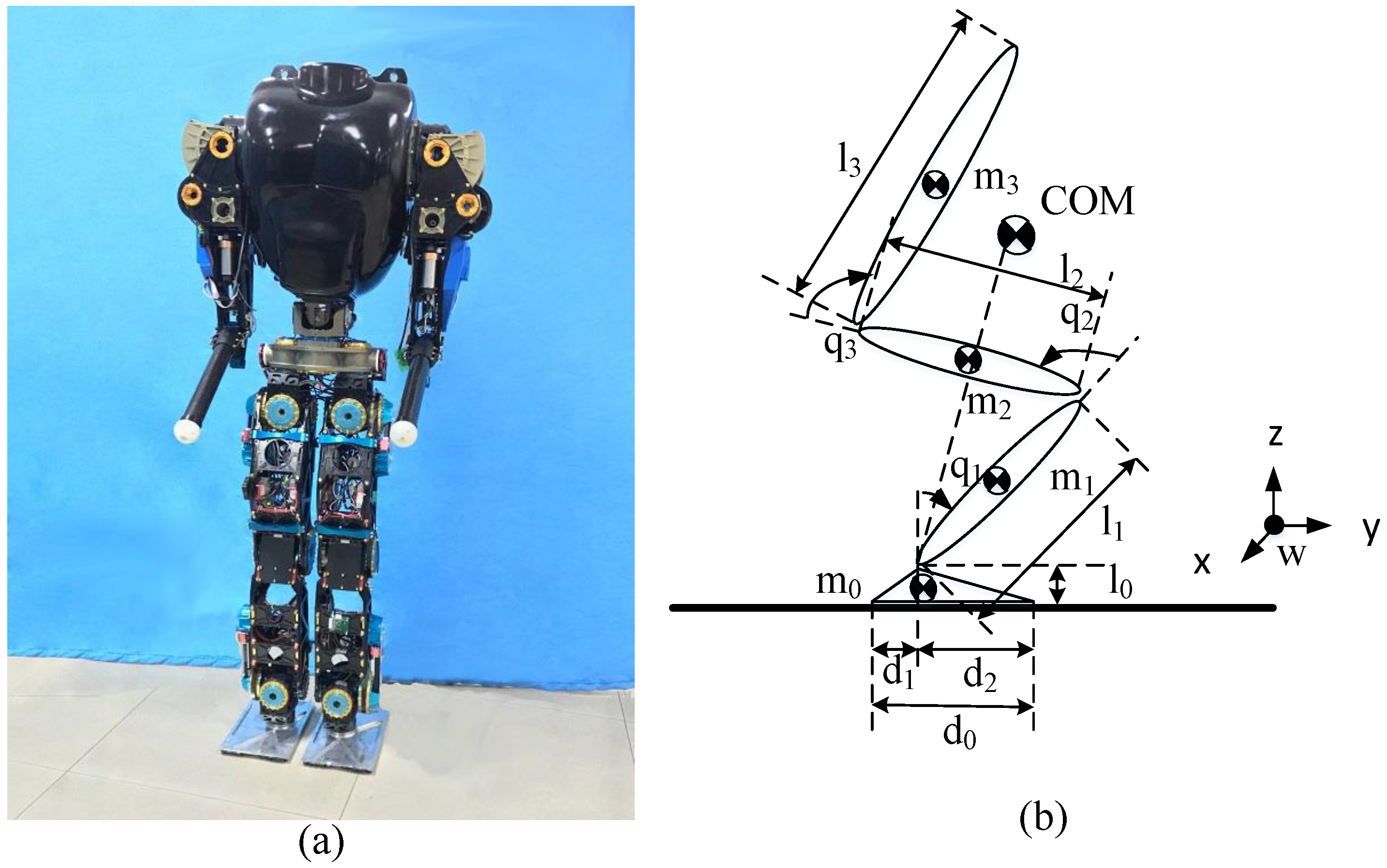Bipedal robot locomotion refers to the ability of robots to walk on two legs, similar to human beings. This field of research has gained significant attention in recent years, as it has the potential to revolutionize various industries such as healthcare, manufacturing, and transportation. Bipedal robots can navigate through challenging environments, climb stairs, and perform tasks that require balance and stability. In this article, we will delve into the world of bipedal robot locomotion, its history, key components, control systems, and applications.

History of Bipedal Robot Locomotion
The concept of bipedal robot locomotion dates back to the 1960s, when the first bipedal robot, called the "Walking Machine," was developed by a team of engineers at the Central Research Laboratories in Japan. However, it wasn’t until the 1980s that the first autonomous bipedal robot, called the "Honda E0," was developed by Honda Motors. Since then, significant advancements have been made in the field, with the development of more sophisticated control systems, advanced sensors, and efficient actuation systems.
Key Components of Bipedal Robots
A typical bipedal robot consists of several key components, including:
- Actuation system: The actuation system is responsible for providing the power and motion required for the robot to walk. This can include electric motors, hydraulic actuators, or pneumatic systems.
- Control system: The control system is responsible for controlling the movements of the robot, including balance, stability, and navigation. This can include sensors, algorithms, and software.
- Sensors: Sensors play a crucial role in bipedal robot locomotion, providing feedback to the control system about the robot’s position, orientation, and movement.
- Power source: The power source provides the energy required to power the actuation system and control system.
Control Systems for Bipedal Robots
The control system is a critical component of a bipedal robot, as it is responsible for controlling the movements of the robot and maintaining its balance and stability. There are several types of control systems used in bipedal robots, including:
- Model-based control: This type of control system uses a mathematical model of the robot’s dynamics to predict its movements and adjust the control inputs accordingly.
- Feedback control: This type of control system uses feedback from sensors to adjust the control inputs and maintain the robot’s balance and stability.
- Learning-based control: This type of control system uses machine learning algorithms to learn the robot’s dynamics and adjust the control inputs accordingly.
Applications of Bipedal Robots
Bipedal robots have a wide range of applications, including:
- Healthcare: Bipedal robots can be used to assist patients with mobility impairments, such as those with spinal cord injuries or muscular dystrophy.
- Manufacturing: Bipedal robots can be used to perform tasks that require balance and stability, such as assembly and inspection.
- Transportation: Bipedal robots can be used to navigate through challenging environments, such as disaster zones or uneven terrain.
- Search and rescue: Bipedal robots can be used to navigate through rubble and debris to locate and rescue people trapped in disaster zones.
Challenges in Bipedal Robot Locomotion
Despite the significant advancements made in bipedal robot locomotion, there are still several challenges that need to be addressed, including:
- Balance and stability: Maintaining balance and stability is a critical challenge in bipedal robot locomotion, as it requires the robot to adjust its movements in real-time to prevent falls.
- Navigation: Navigation is another significant challenge, as it requires the robot to perceive its environment and adjust its movements accordingly.
- Energy efficiency: Bipedal robots require a significant amount of energy to operate, which can limit their range and endurance.
FAQs
- What is the main advantage of bipedal robots?
The main advantage of bipedal robots is their ability to navigate through challenging environments and perform tasks that require balance and stability. - What is the most significant challenge in bipedal robot locomotion?
The most significant challenge in bipedal robot locomotion is maintaining balance and stability, as it requires the robot to adjust its movements in real-time to prevent falls. - What are the potential applications of bipedal robots?
Bipedal robots have a wide range of applications, including healthcare, manufacturing, transportation, and search and rescue. - How do bipedal robots maintain their balance?
Bipedal robots use a combination of sensors, algorithms, and control systems to maintain their balance and stability, including gyroscopes, accelerometers, and feedback control systems. - Can bipedal robots climb stairs?
Yes, some bipedal robots can climb stairs, using advanced control systems and sensors to navigate through challenging environments.
Conclusion
Bipedal robot locomotion is a rapidly evolving field, with significant advancements made in recent years. The development of sophisticated control systems, advanced sensors, and efficient actuation systems has enabled bipedal robots to navigate through challenging environments and perform tasks that require balance and stability. However, there are still several challenges that need to be addressed, including balance and stability, navigation, and energy efficiency. Despite these challenges, bipedal robots have the potential to revolutionize various industries, including healthcare, manufacturing, and transportation. As research continues to advance, we can expect to see more sophisticated and efficient bipedal robots that can navigate through a wide range of environments and perform a variety of tasks.
Closure
Thus, we hope this article has provided valuable insights into Introduction to Bipedal Robot Locomotion. We thank you for taking the time to read this article. See you in our next article!